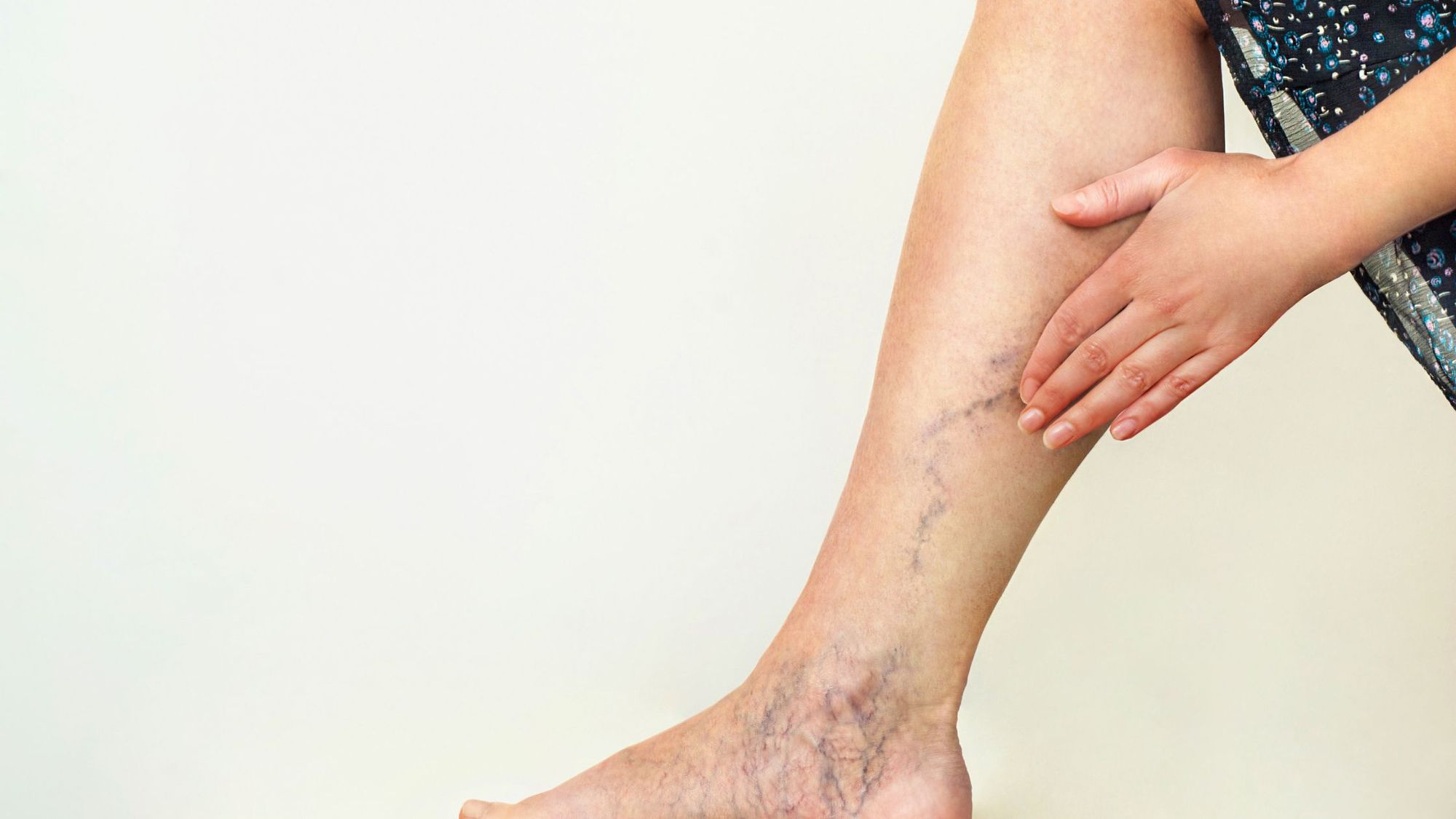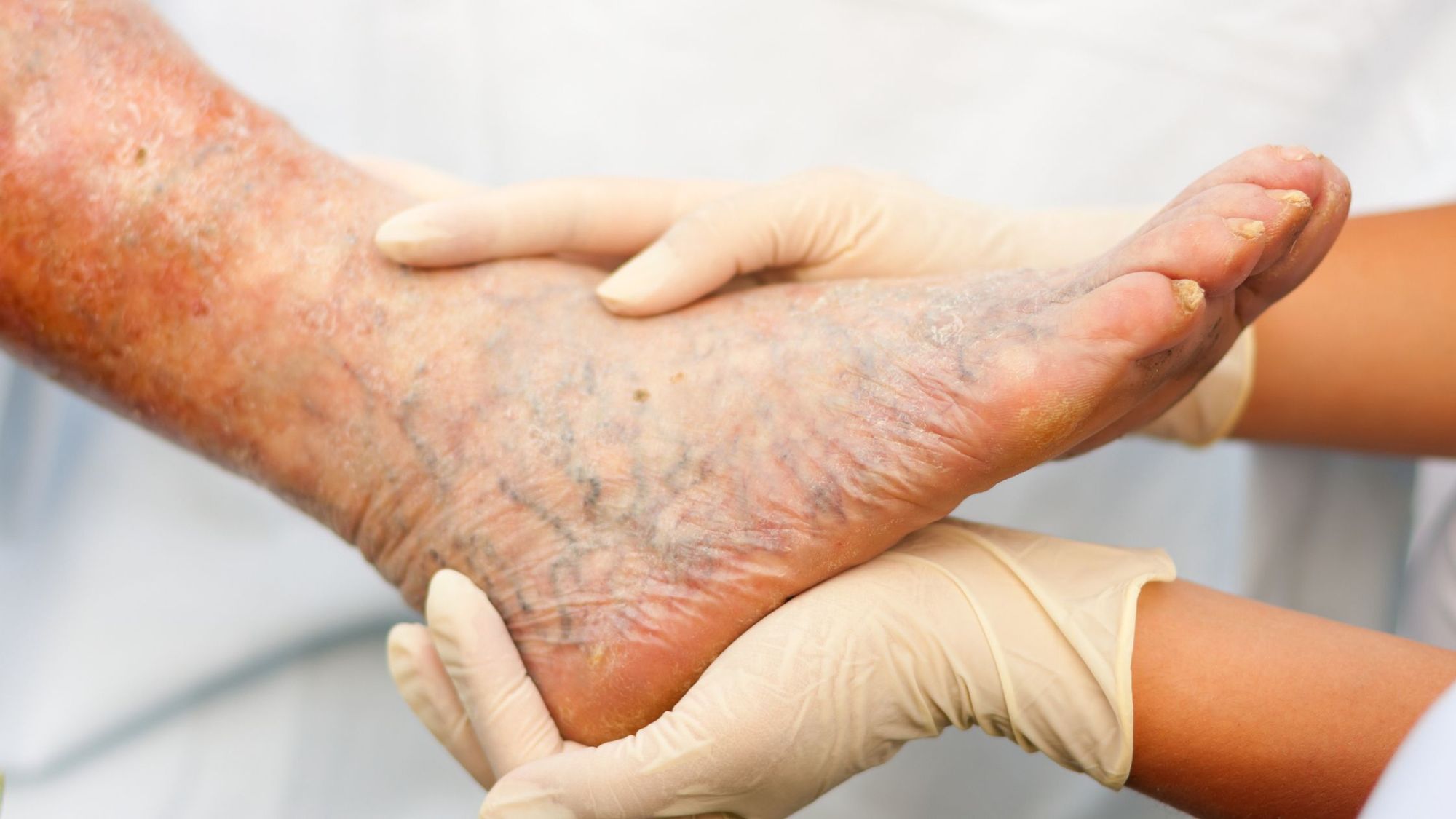
Do you have noticeable blue or purple twisted veins on your legs that may sometimes bulge or swell? You likely have a vascular condition called varicose veins. According to experts, more than 23% of adults have this condition. Often, having these veins on your legs is a cosmetic concern because these large veins are conspicuous against the skin, look unnatural, and appear unsightly. People with varicose veins may not necessarily feel any uncomfortable symptoms, but they could feel self-conscious about wearing summer outfits since the veins are noticeable. Who doesn’t want to have flawless, smooth skin?
However, for some people, varicose veins could be more than a vanity issue. They could throb, itch, swell, feel tender, and ache. It may also result in fatigue and tenderness in the legs. Those who feel symptoms of varicose veins are advised to seek treatment because when left alone, these veins could result in severe swelling, blood clots, chronic pain, and changes in the skin surface. Here’s what you need to know about varicose veins to prevent their formation and find treatment (if needed).

How Do Varicose Veins Form?
According to Dr. Vincent Noori, a board-certified vascular surgeon, veins have valves that are designed to keep your blood flowing in one direction towards the heart. However, when these valves don’t work optimally due to natural weakening or suffering damage, blood will now pool in that area or flow in the wrong direction resulting in the development of varicose veins. These enlarged, twisted veins are close to the skin surface so they can be noticeable. Varicose veins may show the following characteristics:
- Dark blue and purple veins
- Twisted and bulging cord-like veins
- Heavy feelings in the legs
- Throbbing and burning in the veins
- Worsen pain after prolonged standing or sitting
- Itching in the area where the veins are found
- Are near the veins are warm
- Some veins may bleed
- Changing skin color around the varicose veins
In general, varicose veins affect the legs because they carry the body’s weight. Standing and walking are also known to increase pressure in the veins in the lower extremities. However, varicose veins can also occur in other parts of the body like hemorrhoids, which are a kind of varicose veins in the rectal area. Spider veins or telangiectasia on the legs and sometimes the face are also common and known as a milder variant of varicose veins since they affect smaller blood vessels.

Risk Factors That Could Cause Varicose Veins
Extensive research suggests that there is a genetic tendency with mutations in certain codes that may promote the development of varicose veins. Half of the people diagnosed with varicose veins have a family history. Hence, if your grandma or mom hands varicose veins, you have a higher likelihood of developing them too.
Hormonal changes, especially in estrogen and progesterone, also play a big role in weakened vein valves that account for an increased incidence of varicose veins in women. Puberty, pregnancy, and menopause, along with the intake of hormone drugs like birth control pills and injections could weaken vein valves and affect leg circulation.
Moreover, pregnant women, who also undergo hormonal changes, are especially more susceptible because they carry a heavy load and experience circulation challenges. When pregnant, a woman’s blood volume increases to sustain herself and the fetus. A full and heavy uterus that sits on top of the thighs makes it difficult for blood to return to the heart for oxygenation. The poor blood flow could make varicose veins pop out on the leg.
Other risk factors that may cause leg veins to balloon include being sedentary, obesity, aging (since veins are less elastic), smoking, and jobs that promote prolonged standing such as nursing or working as a sales associate.
Treatment for Varicose Veins
Varicose veins don’t look nice, but they normally don’t cause symptoms or result in any major health problems. While mild varicose veins are an issue of aesthetics, in the worst cases, larger varicose veins could swell, bleed, result in skin ulcers, form clots, and prevent individuals from doing daily activities. If you’re feeling any of these, it’s best to talk to your doctor to prevent escalation.
But keep in mind, whether you are suffering from symptoms or just don’t like the way these veins look, you can get the varicose veins removed. Treatment options are the following:
- Sclerotherapy: This is a minimally invasive procedure where a doctor injects a chemical into small or medium varicose veins, leaving them with scars and causing the veins to close. Once the blood flow is impeded, the veins will most likely fade in time.
- Laser Therapy: A trained aesthetician uses strong bursts of laser light therapy to close off smaller varicose veins. After several sessions, the veins should gradually disappear.
- Radiofrequency ablation: For larger varicose veins, a physician applies local anesthesia and makes a small incision on the knees with the aid of ultrasound. A catheter or narrow tube emitting radio frequency is inserted in the vein to create heat. This will cause the vein walls to collapse, effectively shutting the blood flow.
- Ligation and Stripping: This is a more invasive procedure for severe cases because two incisions are made. There’s one near the patient’s groin and another further down the leg. The goal is to tie, seal, and take out the vein.
- Surgery: For severe cases, some doctors may recommend surgery under general anesthesia to take out the faulty veins, especially if they’re located in multiple locations in both legs. The patient may need to spend overnight in the hospital.
- Transilluminated powered phlebectomy: Using an endoscopy transilluminator (special light), a small incision is made and the doctor uses the machine to see which veins could be pulled out. Target veins are then cut and suctioned through the incision. A general or local anesthetic will be used depending on the severity of the case.
How to Mitigate the Formation of Varicose Veins
Varicose veins don’t usually cause problems. But as long as you have these faulty veins, it would be best to prevent exacerbation. Having them on your legs puts you at risk of developing pain associated with varicose veins. Avoid potential discomfort and prevent the development of more varicose veins with these preventive measures that promote good blood flow in the legs:
Get Regular Physical Movement and Exercise
Everyone knows that there are many health benefits of exercise. If you want to boost your blood circulation, exercise regularly. Move your leg muscles since they’re an ally that assists veins in pushing blood toward the heart. Strengthening the legs with cardio and toning exercises could help your circulation defy gravity so blood can make its way back efficiently to the heart. Regular workouts could prevent the formation of new varicose veins.
Maintain a Healthy Weight
If you are overweight or obese, work hard to lose weight. The heavier you are, the more pressure and stress are placed on your legs. Maintaining a healthy weight can deter varicose veins from forming.
Avoid Prolonged Standing and Sitting
Workers that are always standing like nurses and factory workers are prone to varicose veins. Similarly, modern office workers that sit for a long time are at risk. To prevent the formation of varicose veins, workers are advised to take a break or shift positions every 30 minutes. Doing stretches, bending exercises, and even walking in place force the leg muscles to move and improve blood flow.
Rest the Legs and Put Your Feet Up
Make it a habit to put your feet up at the end of the day or use a chair during office hours to prop the legs. This is especially important if you have a job that requires you to stay in the same position for extended hours. Putting your feet up will help blood flow back to the heart and improve circulation.
Consider Inversion Therapy
You can offset the hours spent standing or sitting in a certain position with the help of an inversion therapy device. This helps you hang upside down to draw the blood away from the lower extremities and make it flow optimally toward the rest of the body. Spending time upside down could help prevent the formation of varicose veins.
Wear Compression Socks or Support Hose
Those who are serious about keeping varicose veins away can invest in support hoses and compression socks. This elastic hosiery is designed to squeeze the veins and prevent blood from pooling in a specific area. Pressure on the legs also forces the blood to move back to the heart. If you want to avoid varicose veins, wearing these compression stockings daily, especially if your work puts you at risk, could be very effective.
Figure Out the Best Practices to Avoid Varicose Veins Based on Your Genetics
Whether you’re trying to avoid varicose veins or minimize the painful symptoms of existing ones, it’s natural to wonder what are the most effective lifestyle practices to keep these bulging veins at bay. Apart from asking your doctor, you could learn about your genetic predispositions, which in turn can help you make decisions about your habits.
Your DNA predetermines various health risks, skin conditions, and abnormalities.
Your DNA test from CircleDNA can help assess the best workouts for you based on your genetic makeup, which is important to keep blood flow healthy and prevent bulging veins. If you have higher endurance or strength based on your DNA, knowing this can allow you to tailor your workouts that are suited to your genes. Because the movements will come more naturally to you, you’ll be more inclined to keep up with your fitness routine to improve circulation and mitigate the onset of varicose veins. This unique and innovative DNA test can help you unlock key DNA insights and information about yourself, which could help you consistently live a healthier life.
References:
- How to treat, what causes, and how painful are varicose, or spider, veins? (Alan Briggers) https://www.medicalnewstoday.com/articles/240129
- Varicose Veins: Symptoms, Causes And Treatments (Heidi Borst) https://www.forbes.com/health/body/varicose-veins/
- Clinical and Genetic Determinants of Varicose Veins: A Prospective, Community-Based Study of ~500,000 Individuals (Eri Fukaya et.al.) https://www.ncbi.nlm.nih.gov/pmc/articles/PMC6400474/
- Evidence of Health Risks Associated with Prolonged Standing at Work and Intervention Effectiveness (Thomas Waters & Robert Dicks) https://www.ncbi.nlm.nih.gov/pmc/articles/PMC4591921/






